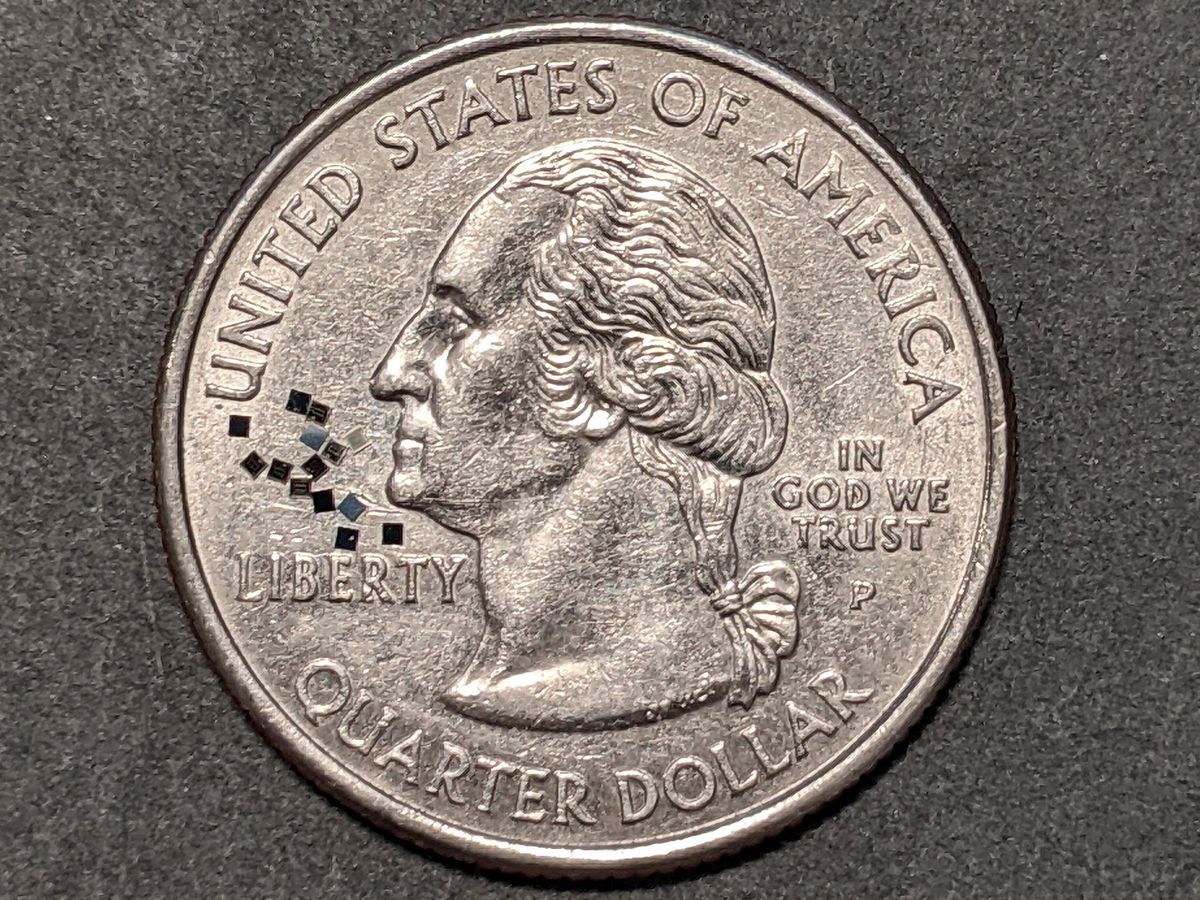Labels on your grocery store products might say “Spanish extra-virgin olive oil” or “New Zealand grass-fed beef,” but these are just words. How can such broad claims ever be verified? Food fraud—things like additives, dilutions, mislabeling, and substitution—affects over 1 percent of the global food industry, according to studies cited by the U.S. Food and Drug Administration, and can cost as much as $40 billion a year.
To fight counterfeits, some food makers are turning to chips, not of the edible kind. Makers of authentic Parmigiano-Reggiano cheese in Italy are putting silicon chips smaller than a grain of sand and priced at a few cents apiece on their cheese wheels. The microchips made by Chicago-based p-Chip use blockchain technology to trace products all the way from growers to grocery shelves.
Using lasers, rather than radio frequencies means the chips can be shrunk from centimeter-scale to fractions of a millimeter.
Cheese is just one application, says the company’s chief technology officer Bill Eibon. P-Chips could be embedded in produce, fish, and pharmaceuticals. It could also, he says, improve traceability in advanced high-performance semiconductors, medical devices, and vehicle components.
“You can put p-Chips on critical safety components like brake pads, and index those to the vehicle identification number,” he says. “So if the car has a problem…you can have a lightning-strike view of where the problem occurred. So now instead of calling back half a million cars you only have to call back a few thousand cars.”
Originally invented at a New Jersey biotechnology company for implantation in laboratory mice, the p-Chip is a tiny transponder that continuously emits a radio signal with an identification number when illuminated with laser light. The 500-micrometer-size square chip contains a unique identification code physically etched into the silicon substrate, Eibon explains. It has photodiodes that, when excited by modulated laser pulses, power the chip’s electronic circuit. The circuits trigger a small antenna loop to transmit the unique code via ultralow frequency radio waves, which a conventional RFID reader would not be able to detect. A special reader is needed to detect and decode the signal.
Using a laser for excitation gives the p-Chip a couple of advantages over other transponders, says Ioannis Kymissis, a professor of electrical engineering at Columbia University. Because antennas need to be sized based on the excitation wavelength used to stimulate them, using nanometer-wavelength laser light allows for much smaller chips compared to RFID tags, which are millimeters to centimeters in size. Plus, he says, “laser excitation can be aimed, which permits sorting and tracking in a small, cluttered environment.”
“The archive of every chip and what it’s associated with is known and available—even to Interpol.”
—Bill Eibon, p-Chips
The company says their p-Chip uses a centralized database to generate what they call a “crypto anchor” allowing users to track a product’s history and authenticity. Last year, they began collaborating with drugmaker Merck KGaA and electronics giant Siemens to develop p-Chip applications using the blockchain.
“When you put a chip on anything, it immediately has a digital twin, and then you can associate all types of metadata with it and index it forever,” he says. “This is a security device. Every chip ever made is archived, with a record of who it was sold to, what it is on. Everything is traceable. The archive of every chip and what it’s associated with is known and available—even to Interpol.”
While the p-Chip is not designed to be edible, it has advantages for food and beverage applications. The company’s website describes the process by which the circuit is coated in a bead of silicon glass, making it inert and able to withstand extreme temperatures, acid baths, and even storage in liquid nitrogen. This durability is what caught Italian cheesemakers’ attention, Eibon says.
Parmigiano-Reggiano is made in a specific region of Italy with strictly defined ingredients and centuries-old methods. The authentic cheese has worldwide sales of $2.44 billion, according to Food & Wine magazine, followed close behind by a fraudulent cheese market of $2.08 billion. Parmigiano producers have tried QR codes and RFID tags for tracing their product, but the process of making the cheese requires putting the wheels in salt water baths at 50 °C for three weeks, and the harsh, corrosive conditions degrades the tags.
So p-Chips have now been planted on more than 100,000 Parmigiano wheels for long-term testing to see if they will withstand the cheese’s aging requirements of over a year. “The value we bring is by virtue of our size and ultradurability,” Eibon says. “RFID is too big and too expensive and not durable. We can go into places where a QR code, barcode, or RFID is too large to fit. The real and positively disruptive story here is that there’s a tiny, durable, and affordable digital crypto anchor that is safe for direct food contact.”
- This Week in Cybercrime: FDA Urges Tighter Cybersecurity for Medical Devices ›
- MIT Media Lab Scientist Used Syrian Refugees to Tout Food Computers That Didn’t Work ›
Prachi Patel is a freelance journalist based in Pittsburgh. She writes about energy, biotechnology, materials science, nanotechnology, and computing.



